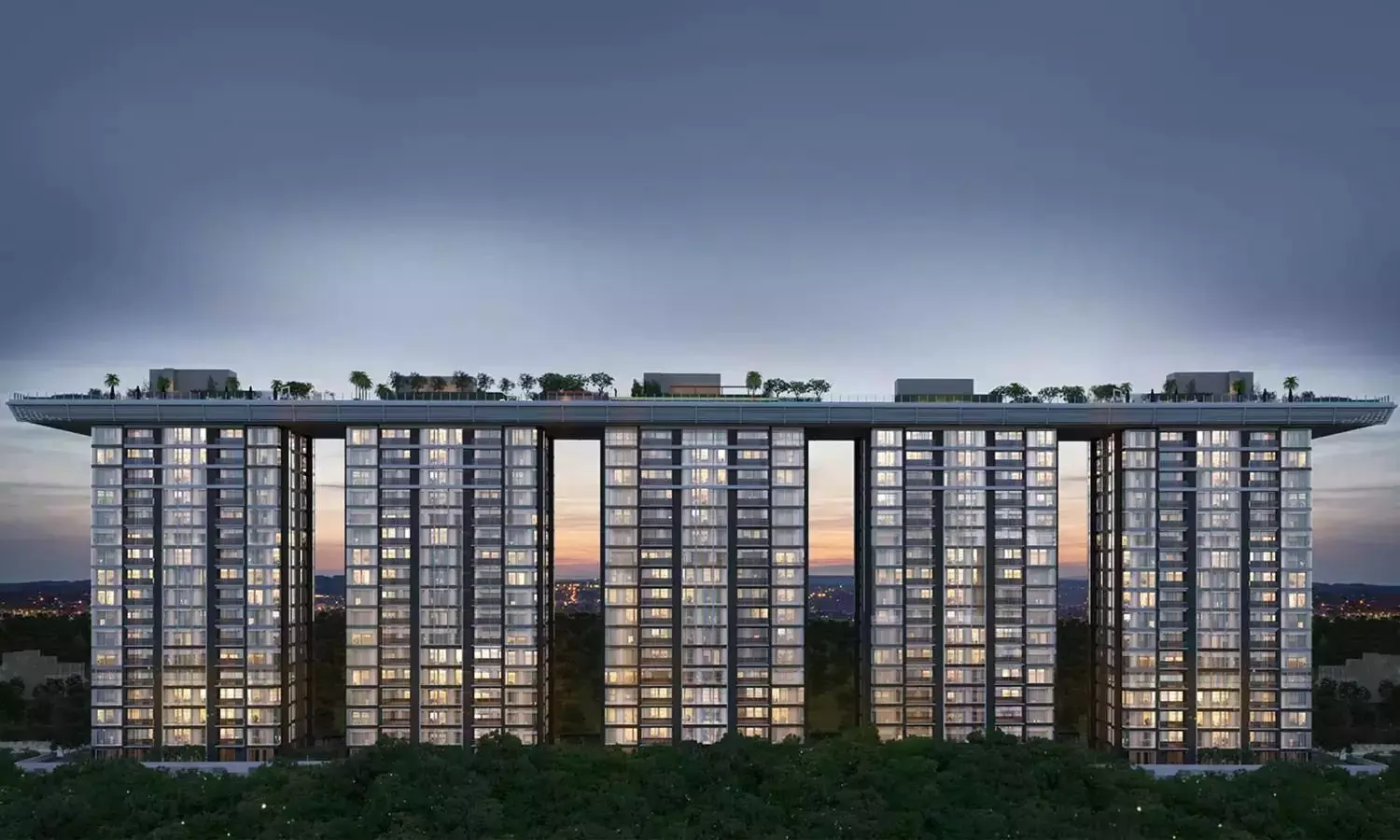Pune Property Registrations Surge 52% YOY March 2024
Pune's booming real estate market, with a 52% surge in property registrations in March 2024, is driven by affordability and strong demand.
image for illustrative purpose

In March 2024, Pune's real estate market experienced a significant boost, with a 52% increase in property registrations compared to the previous year. This surge in the Pune Realty Market amounted to 21,744 properties being registered, a sharp rise from 14,309 in March 2023.
The Maharashtra government's Department of Registrations and Stamps reported that February 2024 saw 17,575 property registrations in Pune, generating a stamp duty collection of Rs 620 crore. By March 2024, stamp duty collections soared to Rs 804 crore, up from Rs 621 crore in March 2023. Throughout the fiscal year 2024, Pune witnessed a surge of 146,924 property registrations, accumulating a stamp duty collection of Rs 5,785 crore, as per Knight Frank India, a real estate consultancy firm.
In March 2024, the most registered residential units were priced between Rs 50 lakh and Rs 1 crore, making up 33% of all housing transactions. Properties priced between Rs 25 lakh and Rs 50 lakh represented 32% of the market share. Additionally, the share of properties priced under Rs 25 lakh increased from 16% in March 2023 to 21% in March 2024. Real Estate Trends in Pune
Chairman and Managing Director of Knight Frank India, Shishir Baijal, attributed Pune property market growth to strong demand for homes, affordable prices, and favourable conditions, along with ongoing infrastructure development and economic expansion.
Regarding apartment sizes, units spanning from 500 to 800 sq ft held the largest market share at 40% in March 2024. Apartments below 500 sq ft trailed closely, constituting 35% of transactions. Larger units exceeding 1000 sq ft maintained a consistent market share of 13%.
The latest Property Registration Statistics shows the majority of homebuyers in Pune fell between the ages of 30 and 45, constituting 52% of the market. Buyers under 30 accounted for 24%, while those aged 45 to 60 represented 18% of the market.

